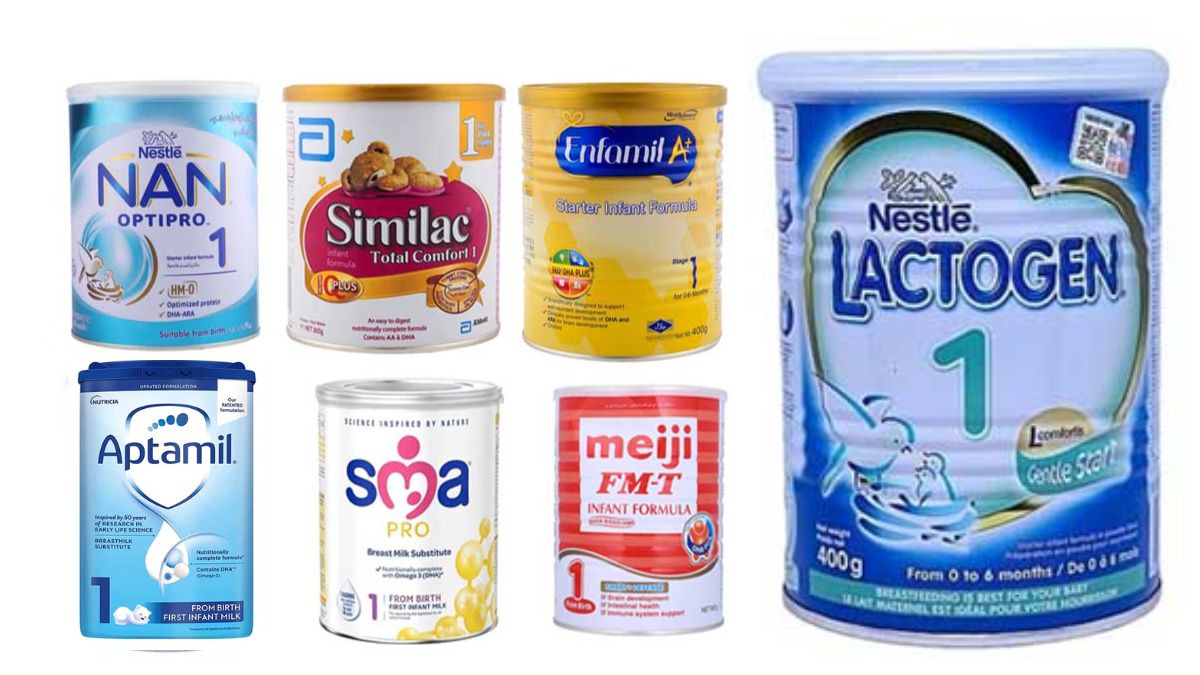Pak-China lab to boost agri-productivity M Haris
In a wheat field of Punjab, a queue of drones is patrolling with intelligent management and control systems, replacing manual care for crops. Farmers could accurately perform operations such as applying fertilisers and irrigating crops with just one click on their mobile phones. Such new technologies are credited to the China-Pakistan cooperation project “High throughput Crop Monitoring Using Computer Vision for Climate Smart Agriculture.”
The grain output of Punjab accounts for about 76% of the country’s total annual grain production.
Both parties agreed that it had unique advantages to carry out pilot applications of high-throughput crop monitoring projects. In this province, about 600 farmers have joined the pilot application.
In May, the Pakistan-China Joint Lab for Artificial Intelligence and Smart Agriculture has been established at the University of Agriculture Faisalabad (UAF).
UAF Vice Chancellor Dr Iqrar Ahmad Khan noted lately that in 25,000 villages across Punjab, if drone spraying technology could be adopted on a large scale, it would help increase productivity, reduce costs and greatly promote the development of intelligent agriculture.
“We use drones equipped with visual recognition equipment to fly around the fields to achieve intelligent management of crop monitoring, cultivation management, pest and disease analysis, and agricultural production, including growth determination, crop health monitoring, water requirement analysis, fertilisation as well as pesticide application,” said Dr Wu Jun, the Chinese Director of the lab.
Local farmer Mohammad Malik, who has been growing wheat, sugarcane and other crops in Punjab for more than 30 years, is one of the participants in the pilot project.
Initially, he had many doubts about the project, however, project team members promptly explained it, saying “we could produce a text guide and audio-visual materials of the vegetation health map written in the local dialect and send them to your son’s smartphone application.” “We now have a more accurate grasp of the water and fertiliser needs of crops, which avoids over- or under-watering as we did in the past, thus reducing input costs,” said Malik as he learnt how to use those techniques. This article originally appeared on China Economic Net


